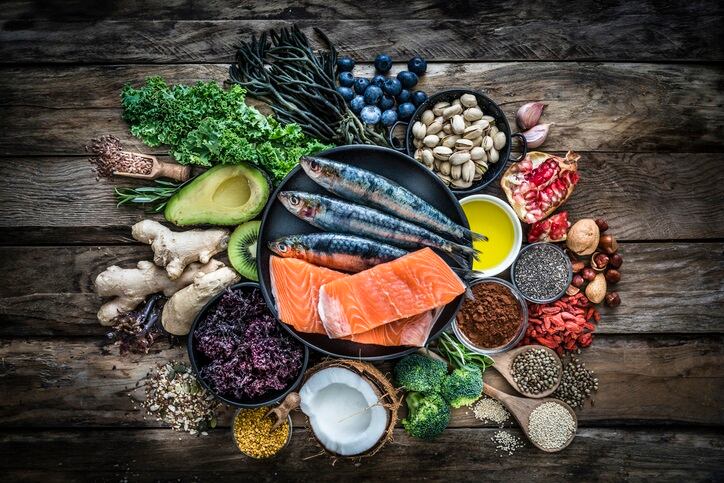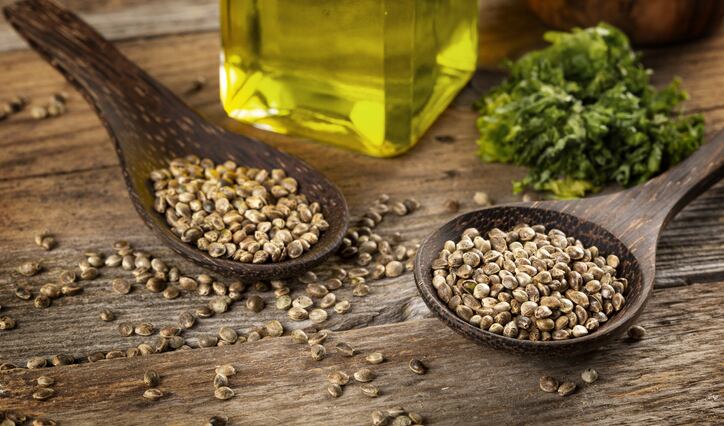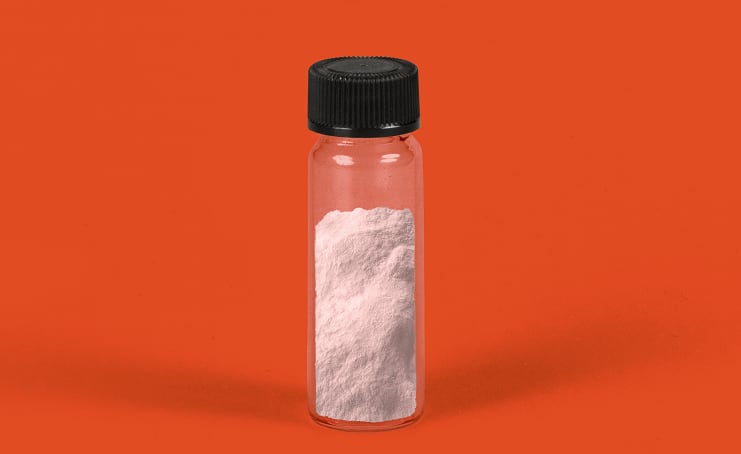Prof Kazuyuki Kasahara, assistant professor of Metabolic, Nutrition, and Microbiome Medicine, at Lee Kong Chian School of Medicine, Nanyang Technological University, pointed out the above while presenting on day two of the Growth Asia Summit held in Singapore between September 26 and 28.
He was presenting the topic “Impact of diet and gut microbiome in cardiometabolic health”, where he highlighted research findings from his lab on how protein and fibre intake could affect gut microbiome, and in turn, cardiometabolic health.
This is because studies have shown that the microbiome metabolites coming from the diet are responsible for the disorders.
“We know that there are many diseases associated with the gut microbiome, including intestinal disorders, such as inflammatory bowel disease, colon cancer, or intestinal infectious diseases.
“But more interestingly, there are other systemic diseases, such as liver diseases, obesity, diabetes, neurogenerative diseases, or cardiometabolic diseases, which are also linked to gut microbiome.
“This suggests that what happens in our gut, does not stay in our gut, that gut microbiome may influence remote organs, such as liver, heart, or even the brain,” said the trained cardiologist.
His research out of his Kasahara Lab has showed that a high dietary fibre diet could protect against atherosclerosis by promoting the colonisation of Roseburia intestinalis – an anaerobic, gram-positive bacterium that breaks down dietary fibre and produces butyrate in the colon.
In addition, there was a lower level of the short-chain fatty-acid acetate, but a higher level of butyrate in the high fibre dietary group.
This is based on a mouse study comparing the effects of high fibre and low fibre diet.
“In mice with the high fibre diet, roseburia represented around 25 per cent of the community, suggesting that high fibre diet allows for high levels of colonisation of Roseburia.
“In mice with low fibre diet, there was no difference of short-chain fatty acids, including acetate, butyrate, and propionate.
“However, in mice with high fibre diet, there was a reduction of acetate and increase of butyrate, suggesting that Roseburia uses acetate as energy substrate and produces butyrate as a product,” he explained.
The findings also echoed that of earlier studies published in 2012 by Fredrik H et al and 2017, which showed that patients suffering from atherosclerosis have a lower proportion of butyrate-producing bacteria.
“The interaction between dietary fibre and butyrate-producing bacteria are important for protection against atherosclerosis, this concept is call synbiotics, the combination of pre and probiotics. In this case, prebiotics is the dietary fibre and probiotics is the butyrate-producing bacteria.”
Based on this finding, he believes that the new generation of probiotics could explore the benefits of butyrate-producing strains.
“We think this kind of butyrate-producing bacteria could be the next generation probiotics in the future.”
Microbes, protein, and gout
Aside from fibre, the types of protein consumed could also affect microbe-diet interactions and cardiometabolic health.
A study published in the European Heart Journal in 2019 showed that chronic red meat diet consumption could increase the metabolite trimethylamine N-oxide (TMAO).
The metabolite is understood to be a strong risk factor for cardiovascular disease and stroke.
Building on the existing knowledge, he conducted a mouse study exploring the effects of a high purine protein diet on uric acid and gout.
The sources of purine protein include liver, beer, and meat.
It was found that mice fed with anaerobic purine-degrading bacteria have lower levels of uric acid.
“Some microbes are able to degrade uric acid in the gut, which affect the level of uric acid in the body,” he said.





